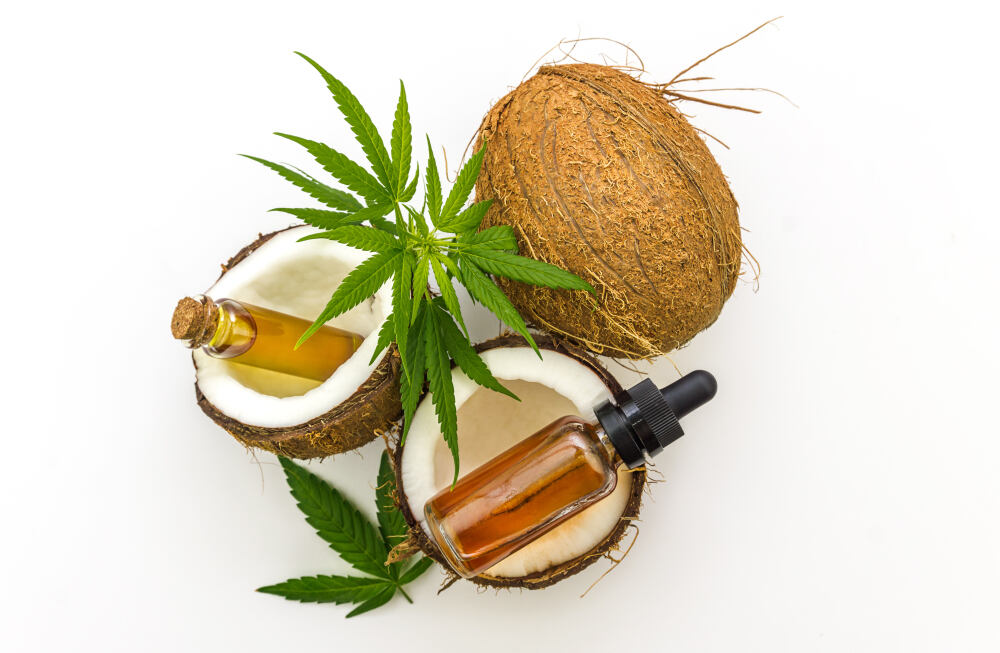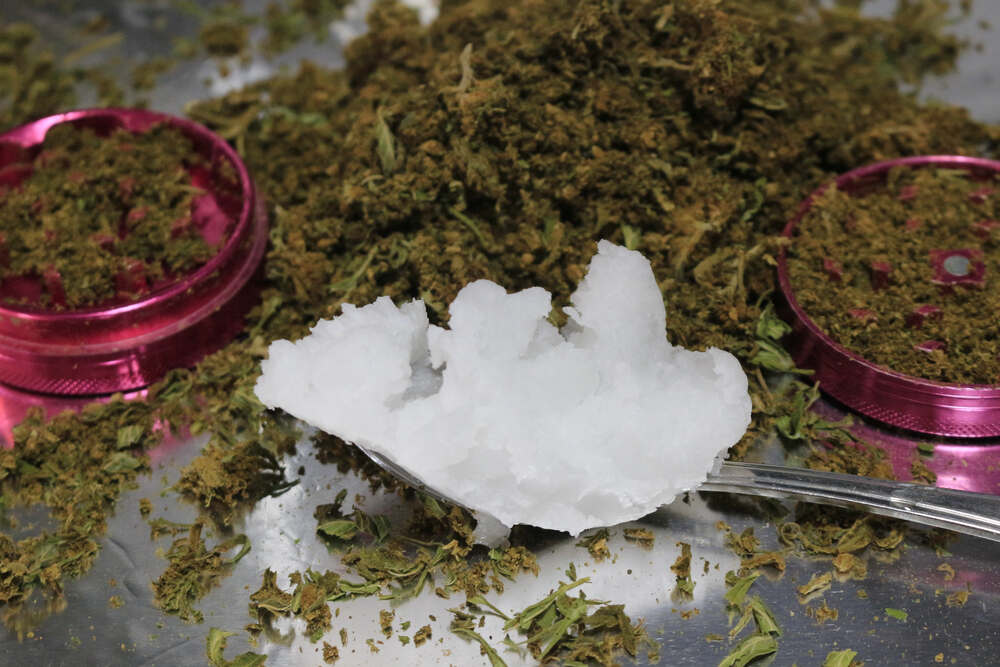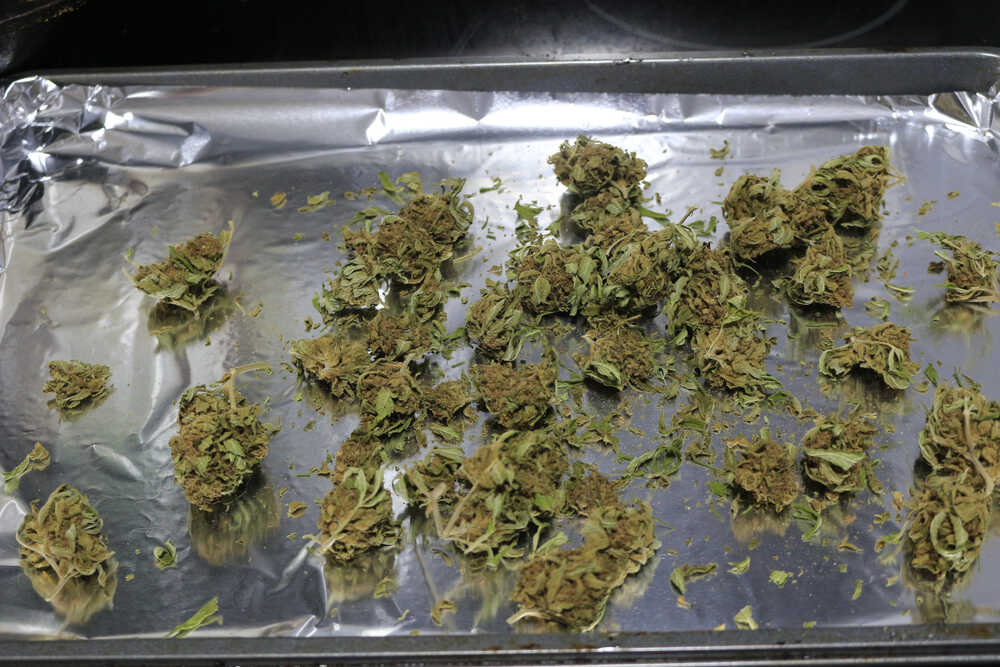The Best Fluffy Pancakes recipe you will fall in love with. Full of tips and tricks to help you make the best pancakes.

How to Make Cannabis Coconut Oil
Cannabis coconut oil is one of those magical infusions that every cannabis enthusiast should try at least once. Not only is it easy to make, but it’s also super versatile. You can use it in edibles, add it to your coffee, or even apply it as a topical. This guide will walk you through each step, making sure you know how to make cannabis coconut oil from start to finish. Let’s dive into it!
Why Make Cannabis Coconut Oil?
Cannabis coconut oil is not just a kitchen experiment – it’s a gateway to an enhanced cannabis experience. Coconut oil is a fantastic medium for cannabis because it binds well with THC and CBD, helping you get the most out of your flower.
Benefits of using coconut oil for cannabis infusions
Coconut oil is known for its high fat content, specifically in medium-chain triglycerides (MCTs), which makes it perfect for cannabis infusions. These fats help your body absorb cannabinoids more effectively, leading to a more potent experience. Plus, coconut oil is shelf-stable and has a mild flavor that blends well with cannabis.
Health benefits of cannabis coconut oil
Cannabis coconut oil isn’t just about the high – it offers some fantastic health perks too. The cannabinoids in cannabis, like THC and CBD, have anti-inflammatory and pain-relieving properties. When infused with coconut oil, these effects are enhanced and become more accessible for both edible and topical use.
Uses of cannabis coconut oil (edibles, topicals)
Cannabis coconut oil can be added to all sorts of recipes, from brownies to salad dressings. You can also use it directly on the skin as a topical to ease sore muscles or soothe inflammation. It’s an all-rounder – a little dab in the morning smoothie, or a spoonful in your baking mix, and you’re good to go.

Understanding Decarboxylation
If you’ve never heard of decarboxylation before, don’t worry – it’s simpler than it sounds. This process is key to unlocking the cannabinoids in your cannabis, ensuring you get the full experience.
What is decarboxylation and why it’s essential
Decarboxylation, or “decarbing,” is the process of heating cannabis to activate THC and CBD. Without this step, your infusion won’t be as potent. Raw cannabis contains THCA and CBDA, which don’t have the same effects as THC and CBD. Decarbing converts these compounds, making your cannabis coconut oil effective.
Step-by-step decarboxylation process for cannabis
Decarboxylation is easy! Start by preheating your oven to 240°F (115°C). Break your cannabis into small pieces and spread it evenly on a baking sheet. Bake for 30-40 minutes, stirring every 10 minutes. The cannabis should turn a light golden brown when it’s ready.
How to decarboxylate in an oven
Using an oven is the most convenient way to decarb. Just remember to keep an eye on the temperature, as too much heat can degrade the cannabinoids. A good tip is to use a thermometer to make sure the oven stays steady at 240°F.

How to Make Cannabis Coconut Oil at Home
Once you’ve decarboxylated your cannabis, you’re ready to infuse it into coconut oil. This process is straightforward, and you don’t need any fancy equipment.
Ingredients and tools needed
Here’s what you’ll need:
- 1 cup coconut oil
- 1 cup decarboxylated cannabis
- Cheesecloth or fine mesh strainer
- Saucepan, slow cooker, or double boiler
Preparing your cannabis for infusion
After decarbing, let your cannabis cool. Once it’s cool, it’s ready to infuse. Make sure you have your tools set up and your coconut oil on hand.
Infusion methods: Stovetop vs. slow cooker vs. double boiler
There are several methods to infuse cannabis into coconut oil, each with its own perks. The stovetop method is quick, the slow cooker is hands-off, and the double boiler is super gentle, preventing overheating.
Infusion Methods Explained
There’s more than one way to create a potent cannabis coconut oil. Here’s a closer look at each method.
How to infuse cannabis coconut oil using a stovetop
Place the coconut oil and decarbed cannabis in a saucepan over low heat. Simmer on the lowest setting for 2-3 hours, stirring occasionally. Be careful not to let it boil – too much heat will reduce potency. Afterward, strain through a cheesecloth to remove plant material.
How to infuse cannabis coconut oil using a slow cooker
Combine coconut oil and cannabis in a slow cooker. Set it on low and let it cook for 4-6 hours, stirring occasionally. This method is ideal if you want a hands-off process. Strain when done.
Double boiler method for cannabis coconut oil
In a double boiler, combine your oil and cannabis and let it simmer for 4-6 hours. The double boiler helps control the heat, preventing the oil from burning or degrading. Strain with cheesecloth after infusing.
Maximizing Potency and Quality
If you’re looking to make the most potent cannabis coconut oil, there are a few tricks to know.
Using lecithin in cannabis oil
Lecithin acts as an emulsifier and can increase the bioavailability of cannabinoids. Adding a teaspoon to your mixture before infusing can make your oil more effective and give you a more powerful experience.
Tips for stronger or milder potency levels
Want it stronger? Use more cannabis or let it infuse longer. For a milder infusion, reduce the amount of cannabis. You’re in full control here, so don’t be afraid to experiment to find your perfect balance.
How to calculate the potency of your cannabis coconut oil
To get an estimate of potency, start with the THC or CBD percentage of your cannabis. Multiply that by the grams used, and divide by the oil’s volume. Remember, these are estimates – dosing should always start low and go slow.
Storing and Using Cannabis Coconut Oil
Once your oil is ready, knowing how to store it will keep it fresh longer. Plus, there are loads of ways you can use it.
Best storage practices for longevity and freshness
Store your cannabis coconut oil in a cool, dark place in an airtight container. Mason jars work well. This keeps it fresh for up to two months. If you want to keep it longer, refrigerate it.
Dosage guidelines for edibles and topicals
For edibles, start with a small amount – around half a teaspoon. Wait to feel the effects before taking more. For topicals, just apply directly to the skin as needed. Start low and adjust as you get used to the potency.
Recipes and ideas for using cannabis coconut oil in edibles
Your cannabis coconut oil can be added to just about anything. Here are some ideas:
- Add to brownie or cookie recipes
- Blend into your morning coffee
- Spread on toast
- Use it in a salad dressing
FAQ:
What is the best way to decarboxylate cannabis for coconut oil?
Heat cannabis in an oven at 240°F (115°C) for 30-40 minutes. Stir every 10 minutes for even decarbing.
How much cannabis should I use for making coconut oil?
Use a 1:1 ratio with one cup of cannabis to one cup of coconut oil. Adjust based on your desired potency.
Can I use cannabis coconut oil as a topical?
Yes, it’s great for topicals and can help with localized pain and inflammation.
What is the best storage method for cannabis coconut oil?
Store in a cool, dark place in an airtight container. Refrigerate for extended freshness.
How can I control the potency of my cannabis coconut oil?
Adjust potency by changing the cannabis amount or infusion time. Start with low doses and increase as needed.
Making cannabis coconut oil at home is an enjoyable and rewarding process. It opens up a whole world of possibilities for edibles, topicals, and other creative uses. Whether you’re looking for a tasty way to consume cannabis or a topical to soothe sore muscles, cannabis coconut oil has you covered. Start with these simple steps, experiment with flavors and doses, and you’ll have a reliable, homemade oil ready for anything you want to try!




